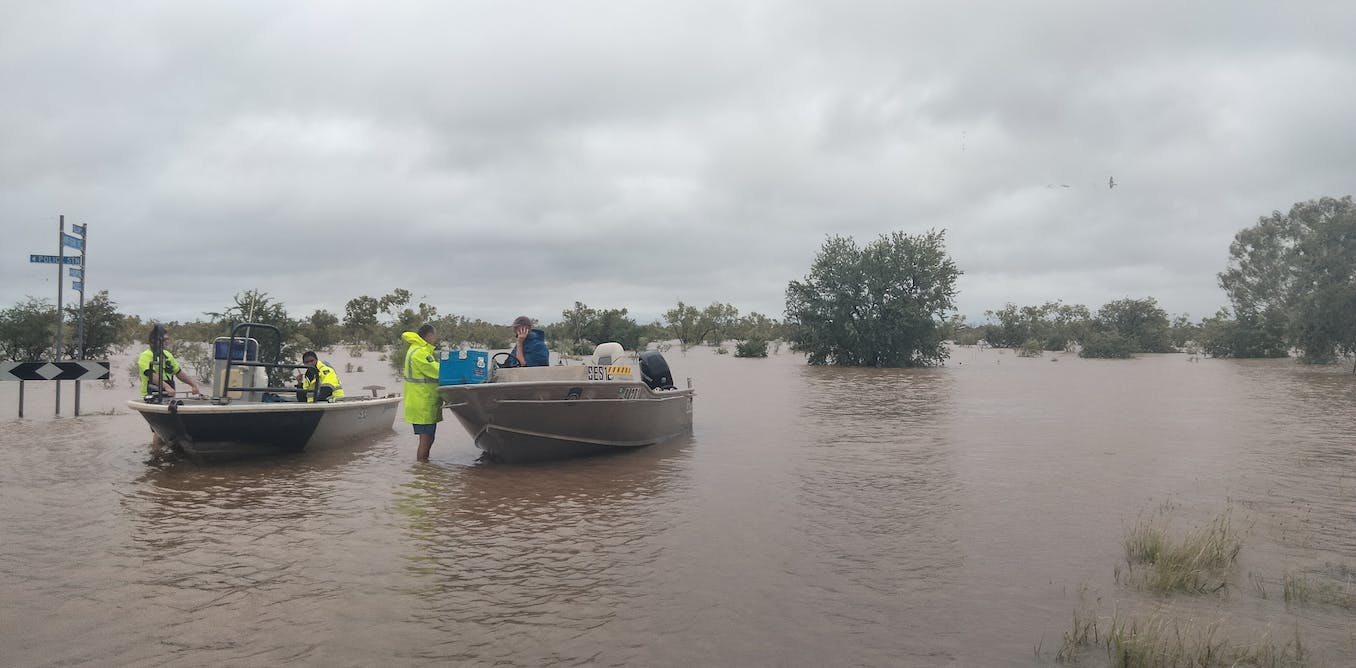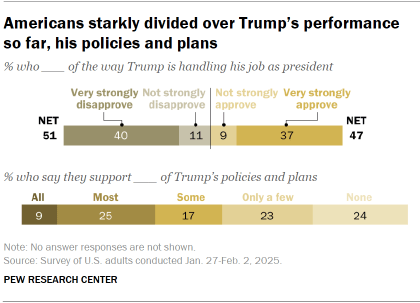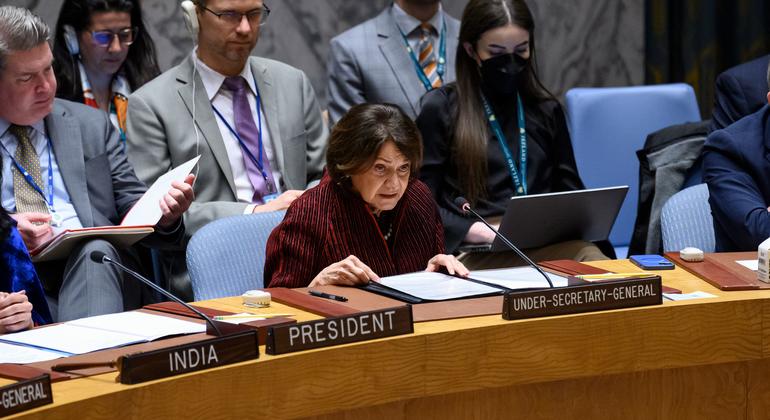As rain poured down and rivers rose, the radio buzzed with static where you’d usually find Fitzroy Crossing’s community radio station, Wangki Yupurnanupurru Radio. The station was off air, but not offline. When they couldn’t broadcast, the Wangki team turned to Facebook to share emergency information.
They even put together audio updates in Kriol and other local languages. This was a community radio station making sure everyone in their community had access to information they needed. The broadcaster’s efforts are remarkable, but not unusual in Australia’s community radio sector.
In Mallacoota, Victoria, 3MGB broadcast life-saving information while the streets around them burned in the Black Summer fires. The Bay FM newsroom in Byron Bay provided constant updates during the Northern Rivers floods. As cyclone season bears down, Townsville’s Triple T FM is broadcasting disaster preparation messages.
These are just a few stories of how community radio stations support their communities through the most extreme impacts of climate change.
Complex, diverse and more popular than you might think
Australia is home to a vibrant and well-established community radio sector. An estimated one in five Australians tune in to more than 450 community radio services each week. There are stations focused on their local area, stations serving communities of different lived experiences and interests, and stations catering to particular cultural and linguistic communities.
Unsurprisingly, then, programming is diverse. There are shows about the experience of prison, about being “out” in the Outback, about gardening, politics, books, bicycles, unions – just about anything you can think of.
No two communities are alike, neither are their community radio stations. Therein lies the promise of community radio for climate change communication.
Getting ready for climate change is about people, not spreadsheets. Let’s use our imaginations
But why talk about climate change on community radio?
Our research project, Warming Up, is exploring the role of community radio in supporting community resilience to climate change. We interviewed station managers and presenters at 12 stations across New South Wales and Victoria.
What we found has been impressive. Running on the smell of an oily rag, or as one interviewee put it, “lots and lots of gaffer tape”, community radio stations are playing a huge role in preparing communities for a climate-altered world.
But why is community radio such a valuable tool? We identified the following reasons.
Climate change is local and community radio knows local
Climate change is often talked about as a global issue – ocean temperatures, melting glaciers, world leaders negotiating or appearing to. While that’s true, the impacts will be felt most acutely in our own backyards. When a new type of pest infests our veggie garden. When our walk on the beach involves navigating eroded sand cliffs and exposed rock walls. When the rain gets heavier, for longer, and mould blooms in corners and cupboards.
While times of disaster are what immediately come to mind, the everyday impacts are also the reality of a climate-altered world. It takes local experiences and responses to find local ways of adapting to and mitigating these impacts.
Even if we halt global warming, local climates will change – and we need new experiments to understand how
Diverse communities have diverse experiences
Climate change is not experienced evenly. Those least responsible bear the brunt of impacts; that’s part of the slow violence of climate change.
Community radio is needed to serve communities under-represented in the mainstream media. They include First Nations people, the LGBTIQ+ community, older people, young people, people affected by disability, and multicultural and multilingual groups.
These groups have unique communication needs and vulnerabilities when it comes to climate change. For example, one of our interviewees talked about the importance of community members sharing information – for this particular multicultural group, a trusted, familiar voice carried more weight than an unknown official.
Ethnic media are essential for new migrants and should be better funded
For other groups, language was important. One of the Aboriginal broadcasters we spoke to told us that while climate change was not specifically discussed, there were constant discussions about how to best care for Country.
Subtleties like these make all the difference when it comes to meaningful discussions about climate change.
It’s a way to empower everyday people
Climate change is a source of concern and anxiety for many Australians. While many community radio stations are stuck in a deficit approach – concerned they don’t know enough or can’t do enough – others take a more empowering approach.
Many stations do this by leading by example: moving to solar power, composting in the station kitchen, and even making their own sanitising wipes. Another station had a project highlighting the efforts of everyday people in their community to adapt to and mitigate climate change impacts.
New tools help communities measure and reduce their emissions locally
It doesn’t necessarily take a panel of scientists (or academics!) to enable these actions. Instead, reframing who is an “expert” can be a valuable and empowering approach when talking about local climate change impacts.
Community radio has a lot of potential to play a lead role in supporting community resilience to climate change. While great work is already being done at stations across the country, many stations lack the confidence and resources to do more. Further work and investment in this area will create a wealth of opportunities for local communities to voice their own stories of climate action that point to hope, empowerment and possibility.



